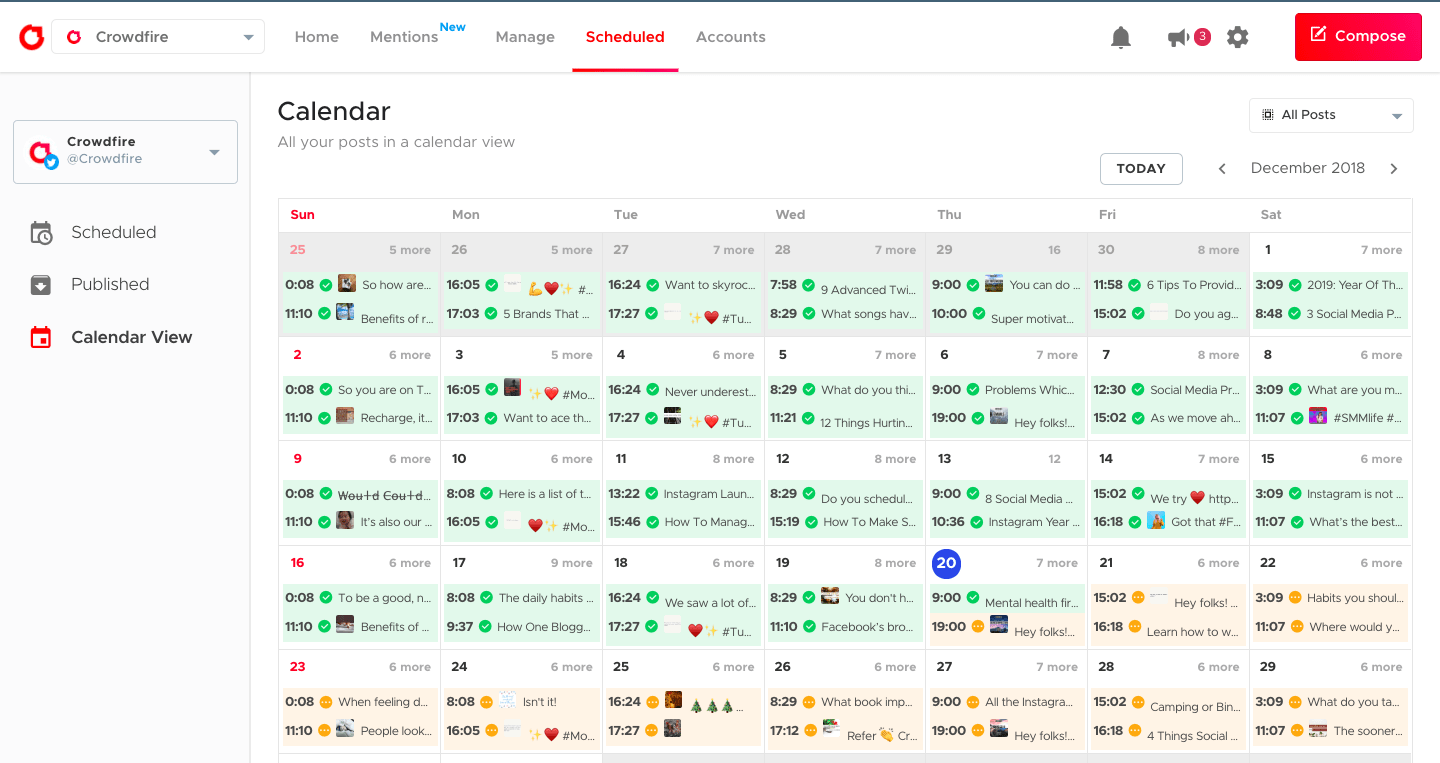Impression and Reach Analytics Tools: Top 5 Options to Use
In today’s rapidly evolving digital landscape, understanding your audience is more crucial than ever. Impression and reach analytics tools serve as the cornerstone of strategic decision-making in digital marketing, allowing businesses to gather valuable insights about their online presence and engagement. These tools not only track performance metrics but also help marketers understand and optimize their campaigns, driving better results and fostering meaningful connections with their target audiences.
Introduction to Impression and Reach Analytics
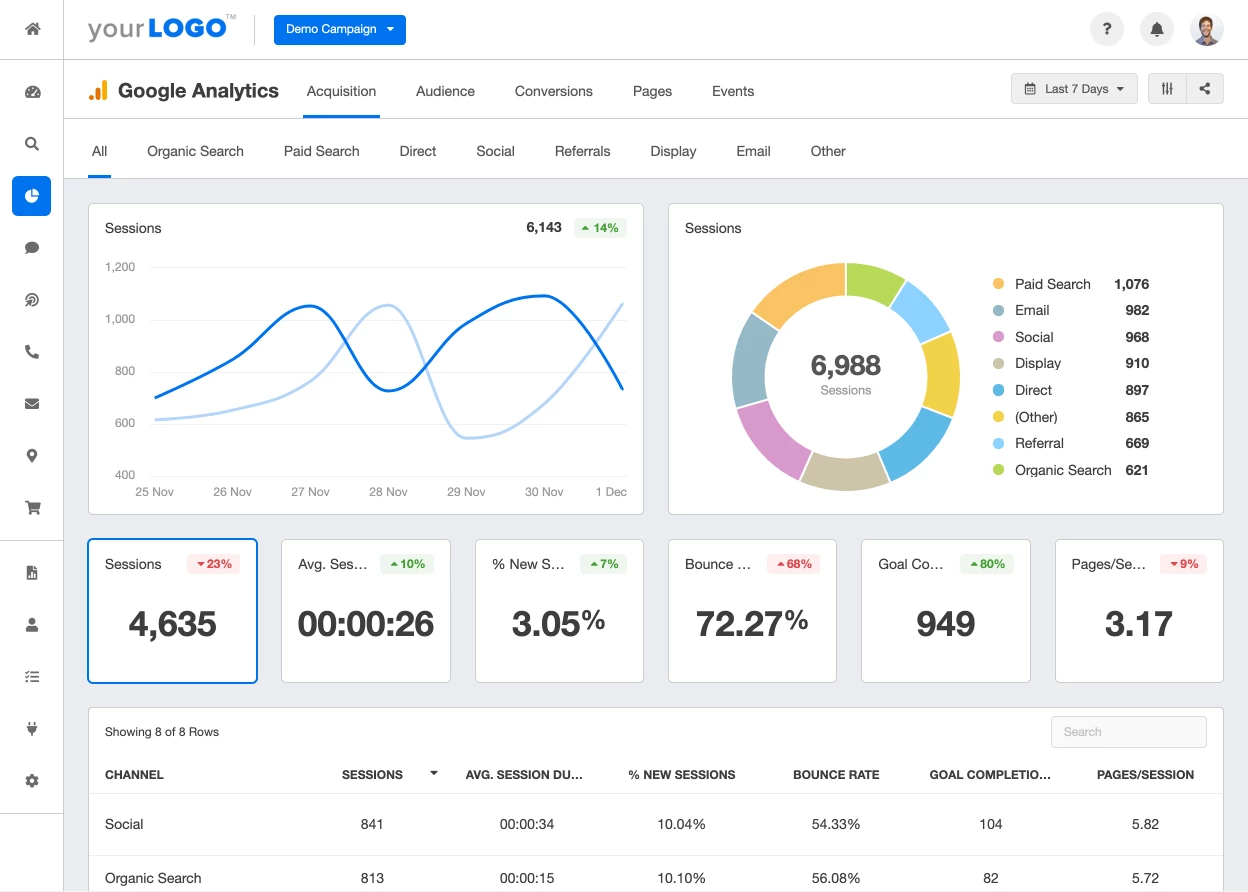
Digital marketing has become an intricate web of interactions that occur across multiple platforms. To navigate this space effectively, brands must rely on data-driven strategies backed by robust impression and reach analytics tools. Knowing how many people see your content (impressions) versus how many unique individuals engage with it (reach) enables businesses to tailor their marketing efforts for maximum impact.
Definition of Impressions and Reach

Impressions refer to the total number of times content is displayed, regardless of whether it is clicked or interacted with. Every time an ad appears on a webpage or social media feed, it counts as an impression.
On the other hand, reach measures the number of unique users who have seen that content during a specific timeframe. While impressions can give a sense of how often your message is being viewed, reach gives insight into how many different audiences are being exposed to that message.
Understanding these two concepts helps businesses evaluate the effectiveness of their marketing strategies. High impressions with low reach may suggest that the same audience is being targeted multiple times without engaging new customers. Conversely, a healthy reach indicates successful exposure to a diverse audience.
The Role of Analytics in Measuring Brand Performance

Analytics play a pivotal role in modern-day marketing, enabling brands to assess their performance against set objectives. By leveraging impression and reach analytics tools, businesses can obtain real-time insights into audience behavior and campaign effectiveness.
This data-driven approach allows marketers to make informed decisions regarding budget allocation, content optimization, and overall strategy. With accurate measurements, brands can identify which channels yield the highest returns on investment and refine their messaging for distinct audience segments.
Furthermore, analytics empowers marketers to align their goals with measurable outcomes, ensuring accountability and transparency in their efforts. This shift towards data-centric marketing enhances organizational agility, allowing brands to adapt quickly to changing market dynamics.
Key Metrics and KPIs in Impression and Reach Analytics
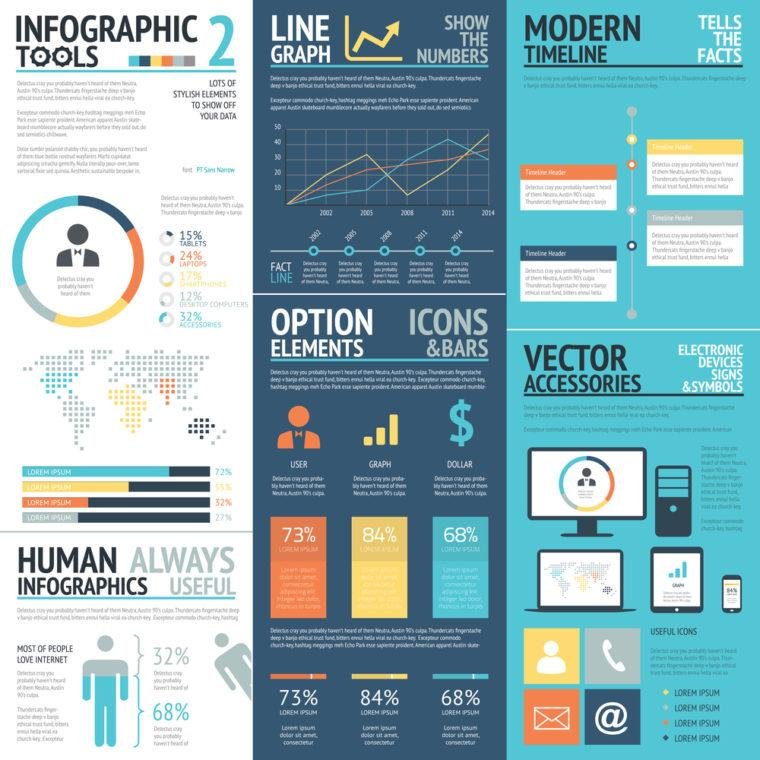
To maximize the utility of impression and reach analytics tools, companies need to familiarize themselves with key metrics and performance indicators. Some primary metrics include:
- Click-Through Rate (CTR): A measure of how often people click on an ad after seeing it.
- Engagement Rate: Evaluates how users interact with content through likes, comments, shares, etc.
- Conversion Rate: The percentage of users who take a desired action, such as making a purchase or signing up for a newsletter.
Tracking these metrics allows brands to gauge their effectiveness and strategize improvements based on empirical evidence rather than assumptions.
Overview of Popular Impression and Reach Analytics Tools

The market offers various impression and reach analytics tools designed to cater to different business needs. By utilizing these platforms, marketers can harness the power of data to drive their campaigns forward.
Google Analytics: Features and Benefits

Google Analytics stands as one of the most widely-used tools for measuring website performance and user behavior. Its powerful features enable businesses to track traffic sources, user demographics, and real-time engagement metrics.
One of its standout benefits is the ability to segment data by channel, device, and user behavior. This granularity enables marketers to pinpoint areas for improvement and tailor their marketing strategies accordingly.
Additionally, Google Analytics provides comprehensive reports, offering insights into landing page performance and conversion tracking. By understanding which pages drive the most traffic and conversions, businesses can optimize their web presence for improved user experiences.
Facebook Insights: Analyzing Social Media Engagement
For brands leveraging social media, Facebook Insights serves as an invaluable resource. This tool provides detailed data on post-performance, audience demographics, and engagement rates.
Marketers can analyze trends over time, helping them understand when their audience is most active and what types of content resonate best. Additionally, Facebook Insights allows businesses to assess the effectiveness of paid advertising efforts by providing breakdowns of ad reach and impressions.
By leveraging this data, brands can craft highly engaging posts and allocate their advertising budget strategically, reaching the right audience at the right time.
Hootsuite Analytics: Comprehensive Social Media Monitoring
Hootsuite Analytics offers a comprehensive platform for monitoring multiple social media accounts in one place. By integrating various channels, brands can easily track impressions and reach across platforms such as Twitter, Instagram, LinkedIn, and more.
A significant advantage of Hootsuite is its ability to generate customized reports showcasing overall brand performance. Marketers can analyze engagement trends, follower growth, and the effectiveness of individual posts, all while gaining insights into audience sentiment.
Moreover, Hootsuite’s scheduling feature allows businesses to streamline their content delivery, ensuring consistent engagement with followers while simultaneously analyzing performance.
Sprout Social: Advanced Reporting and Analysis
Sprout Social provides advanced reporting capabilities tailored specifically for social media analytics. Its intuitive dashboard offers visualizations that simplify interpreting complex data sets derived from various platforms.
Sprout Social’s strength lies in its collaboration features, enabling teams to work together seamlessly when developing strategies based on analytics. Additionally, its comprehensive audience research tools allow brands to learn more about their followers’ preferences and behaviors.
By identifying which content formats generate the most engagement, brands can refine their publishing strategies and create content catered to their audience’s interests.
HubSpot: Integrated Marketing Analytics Solutions
HubSpot offers integrated marketing analytics solutions that extend beyond mere impression and reach tracking. As part of a broader inbound marketing platform, HubSpot enables businesses to analyze performance across various touchpoints, including emails, blogs, and social media.
With HubSpot’s analytics tools, marketers can track website performance, lead generation, and customer journeys. This holistic view equips them to create cohesive marketing strategies that cultivate leads and drive conversions.
Furthermore, HubSpot’s automation features ensure timely follow-ups with potential customers based on their interactions, enhancing overall engagement and optimizing outreach efforts.
GoHighLevel offers powerful tools for tracking impression and reach analytics, helping businesses measure the effectiveness of their marketing campaigns. By centralizing key metrics, such as audience reach, engagement, and impressions, GoHighLevel enables users to monitor the performance of their content across various platforms. The platform’s integration with CRM and social media tools ensures that businesses can easily track and analyze these metrics in real-time, allowing for data-driven decisions that optimize their marketing strategies. This makes GoHighLevel an essential tool for businesses looking to improve their online visibility and reach.
How to Choose the Right Analytics Tool for Your Needs
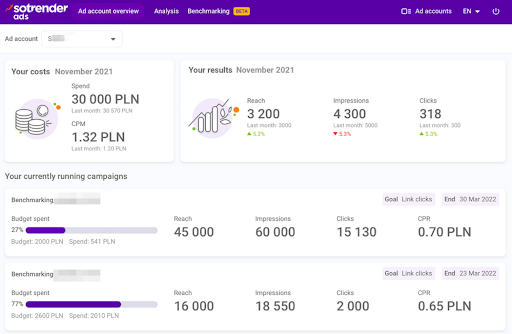
Selecting the ideal impression and reach analytics tools for your specific needs requires careful consideration of several factors. Here are some key elements to keep in mind.
Assessing Business Goals and Objectives
Before choosing an analytics tool, it’s essential to define your business goals clearly. Are you aiming to increase brand awareness, drive website traffic, boost engagement, or enhance conversion rates?
Identifying your objectives will guide your selection process and help you choose a tool that aligns with your vision. For instance, if your goal is to improve social media engagement, a tool like Sprout Social may be more suitable than Google Analytics.
Evaluating User-Friendliness and Accessibility
An effective analytics tool should be user-friendly and accessible to team members without extensive technical expertise. Look for platforms with intuitive interfaces that simplify data interpretation and reporting.
Consider whether the tool offers mobile access and user-friendly dashboards to facilitate real-time monitoring. Ensuring that your team can easily navigate the platform will maximize its utility and foster a data-driven culture across your organization.
Comparing Pricing Models and Budget Considerations
Budget constraints play a crucial role in selecting the right analytics tool. Most platforms offer tiered pricing models based on the features included and the size of your team.
Evaluate each option based on your budget and consider whether the price justifies the value provided. Bear in mind that investing in a higher-priced tool may yield greater insights and ultimately drive superior results.
Integration with Existing Marketing Tools
Effective marketing relies on seamless integration across various platforms. Before choosing an analytics tool, assess how well it integrates with your existing technology stack.
Tools that can sync with CRM systems, email marketing platforms, and social media management applications will provide a more comprehensive view of your marketing performance. Integration allows for streamlined workflows and ensures that all relevant data points contribute to informed decision-making.
Understanding Customer Support and Resources
When investing in any software, understanding the level of customer support available is critical. Research each platform’s support resources, including documentation, tutorials, and live chat options.
A responsive support team can significantly reduce frustration and downtime, ensuring your analytics capabilities remain strong. Additionally, consider whether the platform offers community forums or training resources that could provide additional insights and best practices.
Best Practices for Utilizing Impression and Reach Analytics
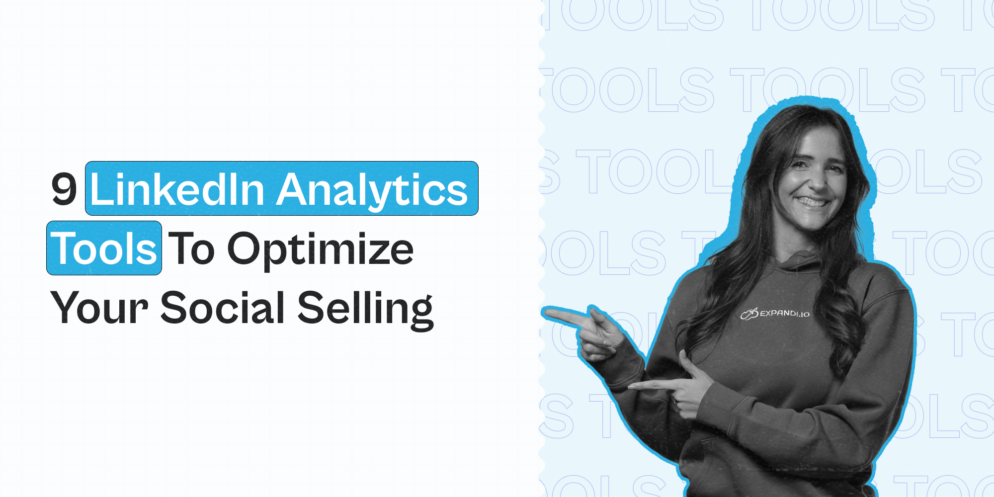
Once you’ve selected an appropriate impression and reach analytics tools, establishing best practices for utilizing them will enhance your marketing efforts. Here are some strategies to keep in mind.
Setting Clear Goals for Data Collection
Prior to diving into data collection, articulate clear and actionable goals. What questions do you want your analytics to answer?
By setting specific objectives, you can focus your efforts on collecting relevant data that directly aligns with your goals. For example, if you aim to improve user engagement, track metrics related to interaction rates and content shares.
Regularly Monitoring and Interpreting Data

Data analysis should be an ongoing process rather than a one-off task. Regularly monitoring your metrics allows you to identify trends and shifts in audience behavior that may require adjustments to your marketing strategies.
Take the time to interpret data critically, seeking correlations between different metrics to gain deeper insights into performance. For instance, a drop in impressions may coincide with changes in your content strategy or algorithm updates on social media platforms.
Making Data-Driven Decisions
Analytics should inform your decision-making process at every level. Avoid acting solely on intuition; instead, leverage your insights to develop informed strategies that are more likely to yield desired outcomes.
Data-driven decisions empower marketers to allocate budgets efficiently, adjust targeting parameters, and optimize campaigns based on actual performance rather than assumptions.
A/B Testing for Continuous Improvement
Implement A/B testing as a means of continuous improvement. Experiment with different content formats, messaging styles, and calls-to-action to discover what resonates best with your audience.
Utilize your analytics tools to track the performance of each variation, allowing you to make iterative improvements and refine your approach over time. A/B testing fosters a culture of experimentation, enabling brands to stay agile and responsive to audience preferences.
Reporting and Sharing Insights with Stakeholders
Effective communication is vital for translating analytics into actionable strategies. Develop regular reporting schedules to share insights with stakeholders, highlighting key findings and recommendations.
Visualizing data through graphs and charts can make complex information more digestible for non-technical team members. Sharing insights fosters alignment across departments, ensuring that everyone remains focused on achieving common objectives.
Future Trends in Impression and Reach Analytics
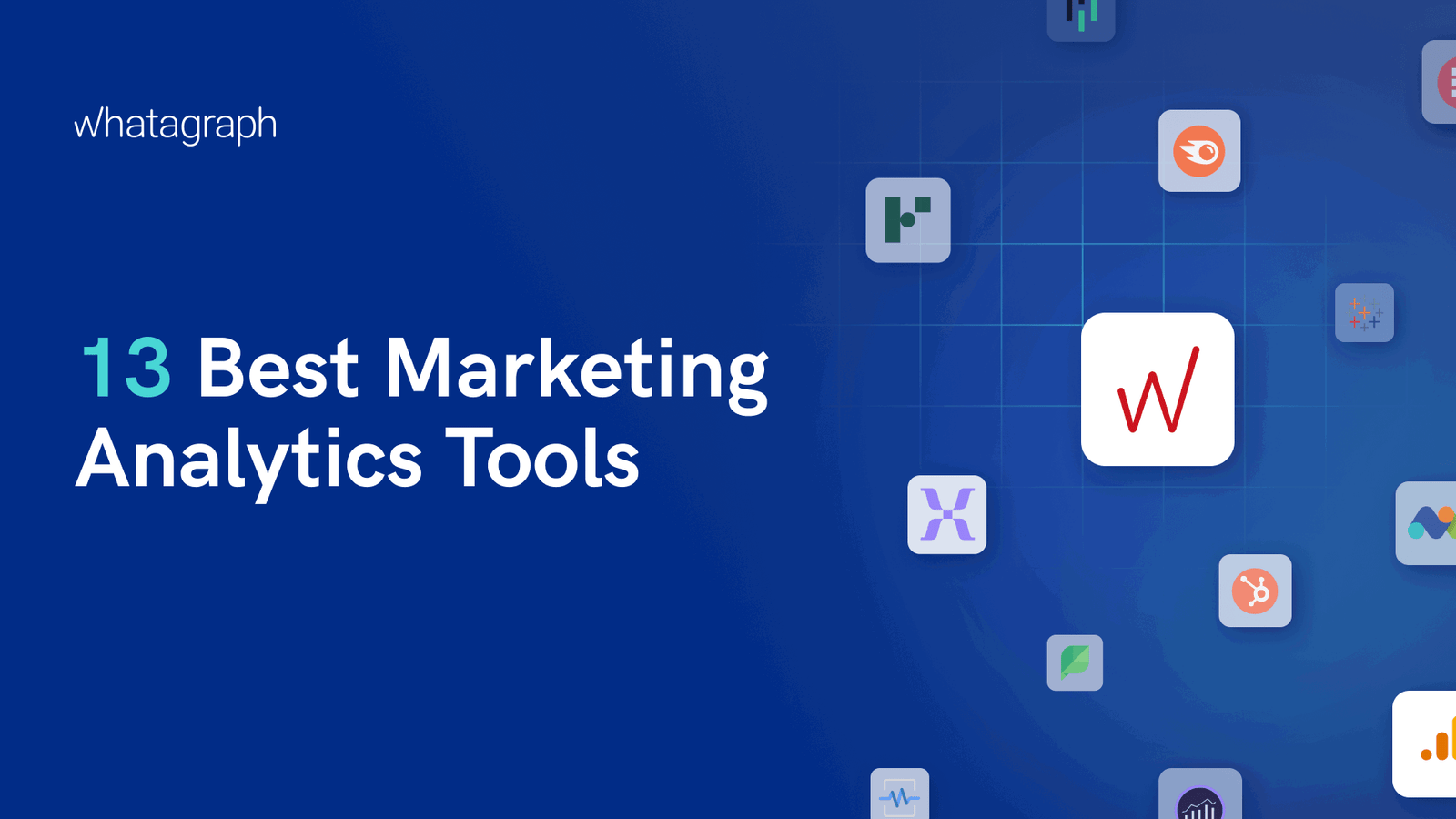
As technology continues to evolve, so too does the world of impression and reach analytics. Staying ahead of emerging trends can help brands capitalize on new opportunities and refine their approaches.
The Impact of Artificial Intelligence and Machine Learning
Artificial intelligence (AI) and machine learning are transforming the landscape of analytics by automating data processing and delivering advanced insights. These technologies can analyze vast amounts of data in real time, uncovering patterns and predictions that may not be immediately apparent to human analysts.
As AI becomes more integrated into analytics tools, brands will likely experience enhanced personalization, enabling them to target consumers more effectively. This shift will lead to improved engagement rates and higher conversion levels.
Evolving Consumer Privacy Regulations
With increased emphasis on consumer privacy, regulatory frameworks are continually evolving. Marketers must navigate these changes carefully while maintaining compliance with laws such as GDPR and CCPA.
As privacy regulations shape how brands collect and utilize data, analytics tools will need to adapt to ensure that they respect user consent and maintain ethical standards. Transparency in data usage will become paramount for building trust with customers.
Enhanced Visualizations and Data Presentations
The presentation of data plays a significant role in understanding insights. Expect to see advancements in visualization techniques that simplify complex datasets, making them more accessible to marketers and stakeholders alike.
Interactive dashboards and real-time reporting capabilities will continue to gain traction, empowering marketers to explore data dynamically and derive actionable insights quickly. Enhanced visualization will facilitate storytelling with data, making it easier for brands to communicate their value propositions.
Integrating Multi-Channel Analytics
As marketing strategies increasingly span multiple channels, the demand for integrated multi-channel analytics has never been higher. Brands will seek tools that can consolidate data from various sources, providing a comprehensive view of performance.
This integration will enable marketers to track customer journeys across touchpoints, gaining insights into how different channels influence one another. By breaking down silos, brands can develop holistic strategies that maximize customer engagement and retention.
Increasing Importance of Real-Time Data
In today’s fast-paced digital environment, the importance of real-time data analytics cannot be overstated. Brands are shifting toward real-time monitoring to respond to trends and changes in consumer behavior promptly.
Real-time insights empower businesses to adjust their strategies instantly, whether it involves modifying ad spend, tweaking messaging, or launching timely promotions. The ability to act swiftly based on real-time data will become a competitive differentiator in the digital marketing landscape.
In closing
In summary, impression and reach analytics tools are indispensable assets for businesses looking to thrive in the digital marketing arena. By accurately measuring audience engagement and brand performance, these tools empower marketers to make data-driven decisions that optimize their strategies.
Choosing the right analytics platform requires careful consideration of business objectives, user-friendliness, pricing, and integration potential. Moreover, adopting best practices in data utilization, embracing future trends, and continuously refining strategies will unlock unparalleled success in the dynamic digital landscape.
Investing in impression and reach analytics tools is not merely a choice – it’s a necessity in today’s data-driven world. As businesses harness the power of analytics, they are equipped to build meaningful relationships with their audiences, drive engagement, and achieve lasting results. Embrace the journey of discovery through analytics, and let data illuminate the path to digital marketing success!


